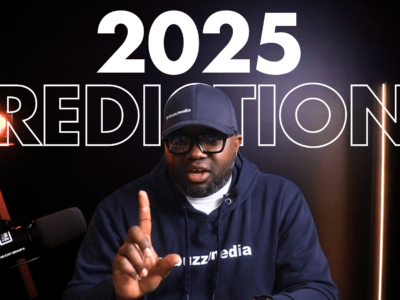- Matt lives in Boston — a large metro area in the state of Massachusetts.
- Two years ago, he installed a 9.49kW solar panel system that cost USD $29,609 (USD $20,727 out of pocket after 30% Federal Tax Incentive).
- Let's take a look at how much it's saved, how it's been holding up and what type of maintenance it's taken over the years.
It’s been two years since Matt installed solar panels on his home in the Boston area. How’s it been going? Let’s take a look at how much it cost, how much it’s saved, how it’s been holding up and what type of maintenance it’s taken.
You might not think that Boston would do well for solar production, especially since it’s better known for Nor’easters than sunshine, but you’d be surprised.
Matt installed 26 LG 365 watt panels that come with a 25-year warranty. The system guarantees at least 88.4 percent of its original power output. The panels are hooked up to 26 Enphase IQ6 Plus micro inverters and are monitored by the Enphase Enlighten system.
The system cost USD $29,609.00 before state and Federal incentives. Matt received a credit of USD $8,882.00 after the 30 percent Federal Tax Incentive was applied to his taxes the year it was installed. This means the system cost him USD $20,727 out of pocket, or about $2.18 per watt for the installation.
This Tax Incentive program is winding down now and is currently at a 26 percent credit. In 2021 it goes down to 22 percent and in 2022 it will disappear for homeowners completely, but for commercial installations, it will remain at 10 percent forever.
Matt also has net-metering, which makes the grid act like a giant battery for his system, dollar-wise. On an average monthly production and dollar value over the year, Matt’s average electric bill went from USD $212.40 per month to USD $90.23 per month after solar. That’s 58 percent in savings.
Overall, Matt has had zero maintenance costs in the two years since the panels were installed. Both the inverters and panels have 25-year manufacturer warranties, and his installers workmanship warranty covers him for 20 years.
—
This video was produced and published by Matt Ferrel. It was originally published on his YouTube channel “Undecided with Matt Ferrell.” It has been published here via partnership.












Comments